Bringing a baby affects what you grab on your way out the door. What if you get separated from your baby? What should I put in a Baby Go Bag?
What if You get Separated from Your Baby?
It’s every parent’s nightmare, and it happens with alarming regularity. As a volunteer responder, I routinely help lost children at county and city events. It’s frightening for children and parents alike to be separated at the County fair, but it is downright terrifying when it happens due to a disaster, civil unrest, or war. Hundreds of thousands of children are separated from their parents each year in the U.S. alone. Fortunately, the overwhelming majority (92%) are safely reunited with their parents within a year. Unfortunately, thousands aren’t. (Reuters, 2021)
Tips for a Lost Child:
- Carry current photos, both digital photos on your phone and printed pictures in your wallet or baby bag. The appearance of babies changes fast, and a recent photo is far better than a description when getting the word out.
- Track your baby. Now it’s easy to find lost keys, a lost wallet, or even a lost child thanks to trackers like Tile® and Apple AirTag®. Unfortunately, Bluetooth trackers may only work within 200-800’ during a grid-down emergency that takes down the cell towers. You can also use a small cellphone with the same drawbacks and the need to be recharged more often. If the cell towers are down, you want a GPS tracker, only most affordable models are accessed via the internet, so you’ll also need satellite internet access. Satellite trackers are bigger and work better for a bag, baby carrier, or stroller. Most of these devices require subscriptions, but some claim to offer limited features without a subscription.
- ID tag. Young children can’t tell you their phone number, their parents’ names, or their address, which makes it hard for others to contact mom and dad. You put luggage tags on your suitcases, why not your kid? My wife made our son a bracelet that has our phone number on it just in case. You can put tags on the baby carrier, baby bag, and stroller too, but once they start toddling, they can get separated from those items.
- Check the most dangerous areas nearby first such as roadways, water (streams, lakes, canals, etc.), anything they could climb or fall from, and dangerous places they could try to hide. Children often hide.
- Check areas that might draw their attention. Anything fun, interesting, colorful, or new to them.
- Organize others to help such as family, friends, and emergency responders. If available, emergency responders have many tools like radios, patrolmen, and the Amber alert system and greater authority to get things done. Ask businesses to make an announcement over the PA system, check cameras, and notify employees via radio.
- After a disaster, you may have to go to a Family Reunification Center to be reunited with your child. The level of organization can vary greatly from one catastrophe to another so this could be anything from a building with counselors and vetted personnel checking ID, to a bulletin board at refugee camp and other parents looking for their lost children.
Baby Go Bag
A Baby Go Bag is a survival kit for your baby. It’s a diaper bag for unknown austere conditions and the basics needed to keep your baby alive and well away from home. It doesn’t to contain need everything mom and dad have in their Go Bag, just baby-specific supplies, and equipment. You can heat water for the whole family in one pot and adults and older children call all use the same first aid kit.
While performing a survey of survival kits for a book, I noticed that my own kit and the kits of most experienced survivalists had at least two parts, a smaller module that could fit in a pocket or small pouch and a larger component that fit into a waist pack, satchel, or larger pouch. My wife did the same thing with our baby bag. She put the basics needed for a quick trip to the store in a smaller Baby Pouch and put everything needed for an all-day or even an overnight outing in a Baby Go Bag we use as a diaper bag which can stay in the stroller or vehicle until it is needed.
There is space in the larger bag for the smaller pouch, or she can grab just the pouch and put it in her purse or carry it for quick trips knowing that she has everything she needs to change a diaper, give the baby a snack or a drink, or bandage a small cut or a skinned knee.
In addition to our Baby Pouch and Baby Go Bag, we also have a pack we use as a Baby Bugout Bag to grab in case we must leave our home in a hurry. It contains more diapers, food, and other consumables to extend the sustainment time of the Baby Go Bag.
I recommend that you carry a Pocket Survival Kit in your pocket, but if you don’t carry one if your pocket, carrying one in your Baby Pouch will ensure that you have basic survival gear with you. Of course, if you do that, you’ll need to child-proof it.
Security & Safety
Survival kits are full of dangerous things that toddlers would love to lay hands on. Luggage locks won’t keep criminals out of a zippered compartment on your pack, but they will keep a toddler out long enough for you to find something else for them to do. Even with a baby bag, you don’t want your baby chugging insect repellent or sunscreen.
- Luggage Locks
- Small LED – To find things in the bag and because you can’t help your baby if you can’t see.
Keeping Your Baby Quiet
The same tools mom and dad use to protect themselves can be used to protect a baby, but survivalists would rather avoid conflict than fight, where possible. One thing they need is to keep the baby quiet to prevent discovery. Keeping a baby silent can be a daunting task, but survival isn’t about succeeding all the time, it’s about tilting the odds in your favor however you are able.
Babies cry so often because, it’s the only way they can tell us that they need something. Luckily, babies are simple compared to older kids, teenagers, and adults and there are only so many reasons why they cry. Here are the top 10 reasons why babies cry:
- Hungry
- Sleepy
- Gas (Need to be burped)
- Dirty diaper
- Want to be held and rocked.
- Hot
- Cold
- Teething
- Colic
- Illness
With the exceptions of illness, teething, and colic, most of these problems are easily corrected.
Toddlers cry for many of the same reasons but usually have grown out of needing to be burped and suffering from colic, but they want to be entertained and they want to play. They will cry because they want to examine objects that are new to them and play with them. They are driven to practice making noises so they can learn to speak, and they love to practice making new sounds.
Make sure your Baby Go Bag has the tools you need to make your baby comfortable. The lives of the everyone you are with could depend on it.
- Pacifier
- Sweets – We pack plain M&M’s. They aren’t messy in hot weather and they’re easy to ration out, keep your kid quiet longer. Plain M&M’s store longer than varieties with nuts.
- Small Toys – Save a couple of small toys that are new to them for emergencies.
First Aid
Mom & dad’s first aid gear will help for most things, but babies need a few baby-specific items.
- Suction Bulb
- Baby Thermometers – No-touch and rectal.
- Small Bandage Materials
- Paper Tape – Babies have fragile skin. Regular cloth surgical tape can irritate or even tear it.
- White Petrolatum – Skin protectant.
- Infant Acetaminophen – For fever and pain.
- Infant Ibuprofen – For fever and inflammation.
- Small +Aid Tin – Should include a magnifying lens and quality tweezers for toddlers.
Shelter/Exposure
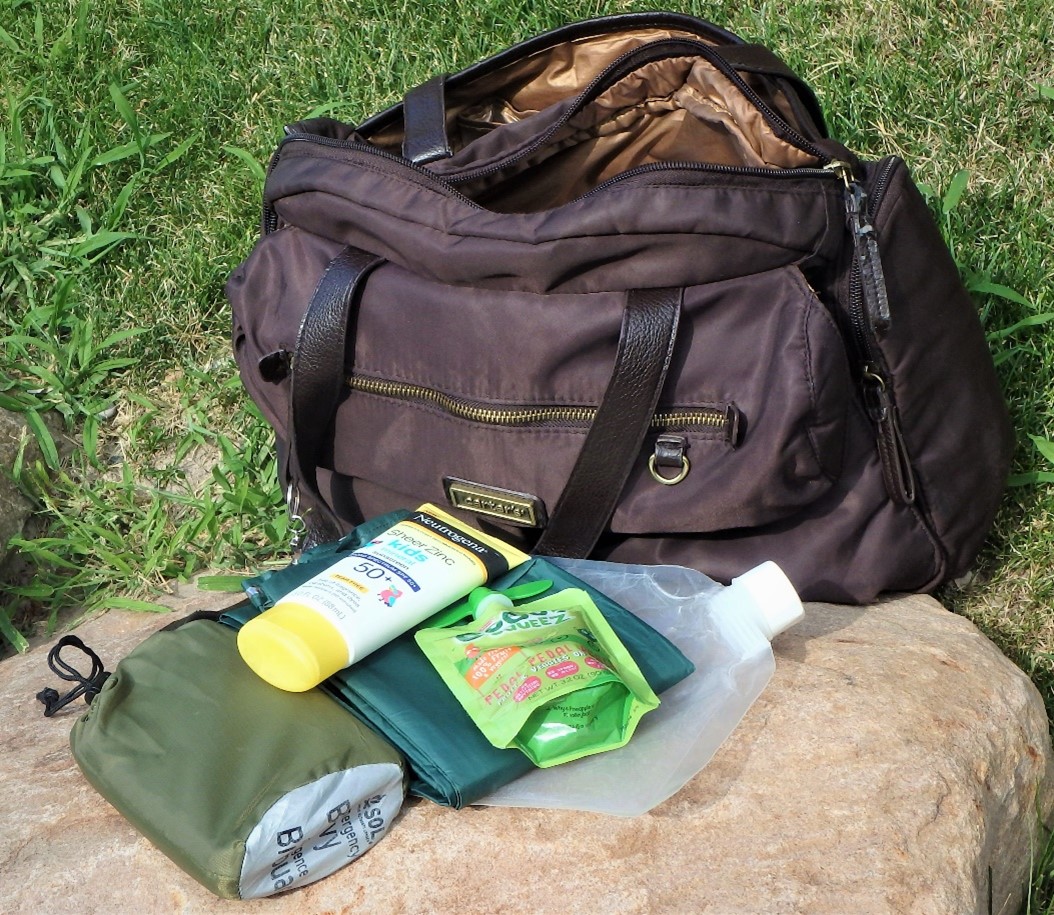
Protecting the baby from exposure is a priority because they have low thermal mass and less insulation than adults.
- 100% Cotton Cloth – This is simply a 60” x 60” cotton cloth. A bedsheet will work fine. It can be used as a baby carrier, a hammock, towel, bedding, a baby blanket, bivvy sack liner, and has way too many survival uses to list. Wet and hang as sunshade to cool your baby. Cotton cloth is one of the most important childcare tools in indigenous cultures.
- Merino Wool Cloth – Same as above, but lightweight wool adds insulation. In cold weather, the cotton, wool, NanoHeat, and poly emergency blankets can be layered to keep the cloth and the baby dry and warm.
- Changing Pad – Use as a baby ground pad to insulate baby from cold or wet ground.
- Merino Wool Balaclava, Socks, & Gloves
- Sun Hat
- Change of Clothing
- Type 1A Survival Cord
- NanoHeat Blanket – Reusable emergency blanket. Can be turned into a bivvy sack with diaper pins.
- Aluminized Polyethylene Emergency Blanket – Good moisture barrier, shelter, and heat reflector. Tougher than and not as noisy as Mylar®.
- Baby Sun Goggles
- Sunscreen, Infant-safe
- Arthropod Lotion, Infant-safe
Water, Hydration & Hygiene
If you must treat surface water boiling is best, where possible. Pregnant mothers should avoid iodine-based chemicals for water treatment. Kids may object to water that tastes of chlorine or iodine and powdered drink mixes can be used to mask the taste, but only after disinfection is complete. Vitamin C in some drink mixes will stop iodine from disinfecting the water.
- Water Bladder, 2-liter – Graduated with squirt and shower caps.
- Tommy Tippee® Cup
- Infant Electrolyte Drink Mix Pouches
- Disposable Diapers
- Wet Wipes
- Cloth Diapers – For when you run out of disposable diapers.
- Diaper Pins
- Cotton Wash Cloths – For when you run out of wet wipes.
- Diaper Cream
- Multi-use Baby Shampoo/Bodywash
- Soap, Castille, Liquid (Dr Bronner’s) – You will be constantly washing. This soap can wash most things.
- Plastic Travel Washboard – A clean flip flop with tread also works in a pinch.
- Small Dry Bag – Laundry, water carrier, wash basin.
- Bottle & Nipple Brush
- Burp Cloths
- Hand Sanitizer
- Zip-Seal Bags, Assorted Sizes
Emergency Baby Food
In a pinch, babies can eat the same foods adults eat provided you lay off the spices and prepare it in a form that they can eat, give them plenty of milk, lots of vegetables and cereals, and feed them meat sparingly.
Babies that don’t have teeth yet need liquids, gruel, or mash. Even if they have teeth, they may still be learning to eat solid foods without choking, so cut food into fine bits when in doubt.
- Bottle
- Powdered Formula
- Powdered Milk
- Cocoa Powder
- Drink Powder
- Baby Food Pouches
- Baby Snacks
- Sweets
- Plate
- Spoon
- Bib
In a larger bag there is more you might carry to extend sustainment time and add capability, but that will have to go in another article.


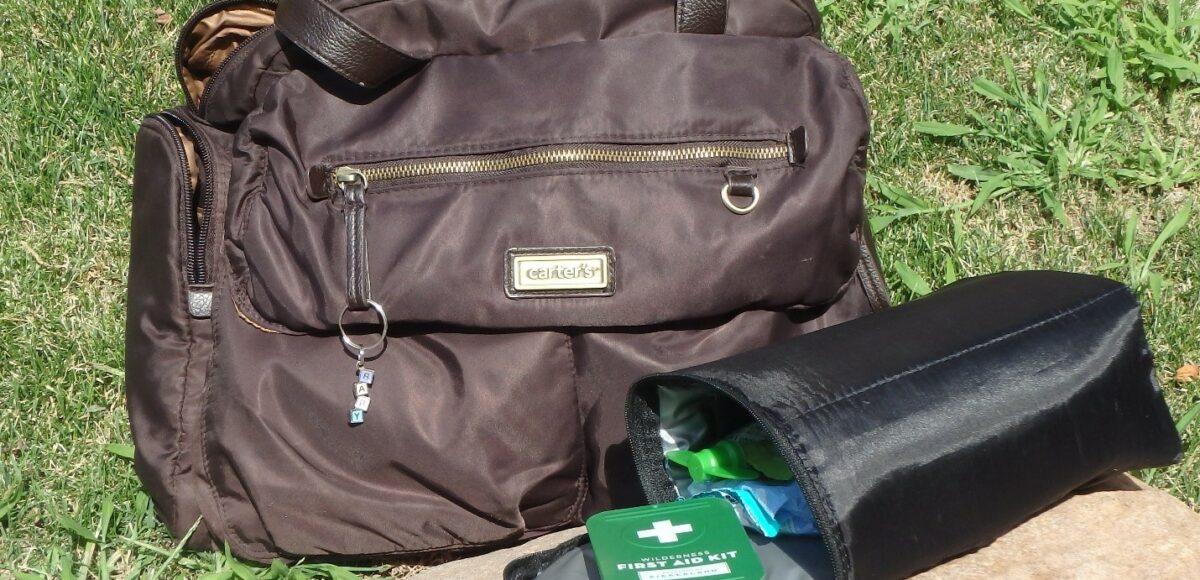
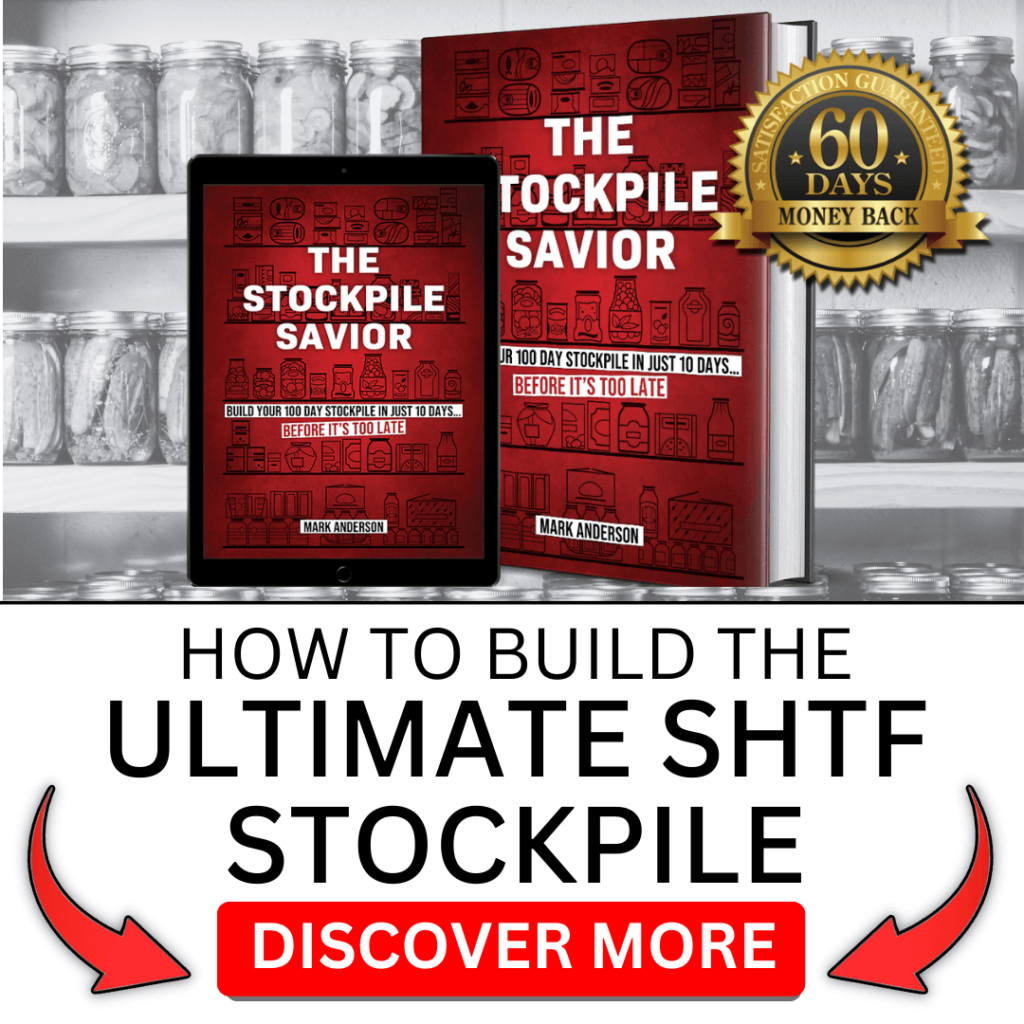

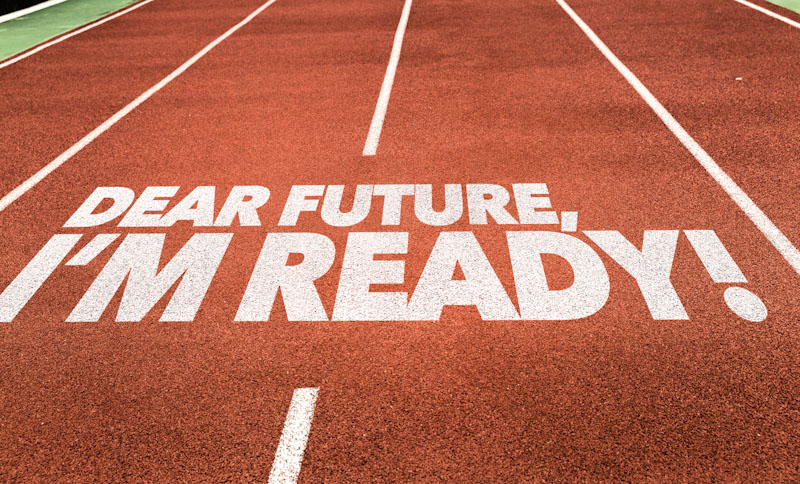
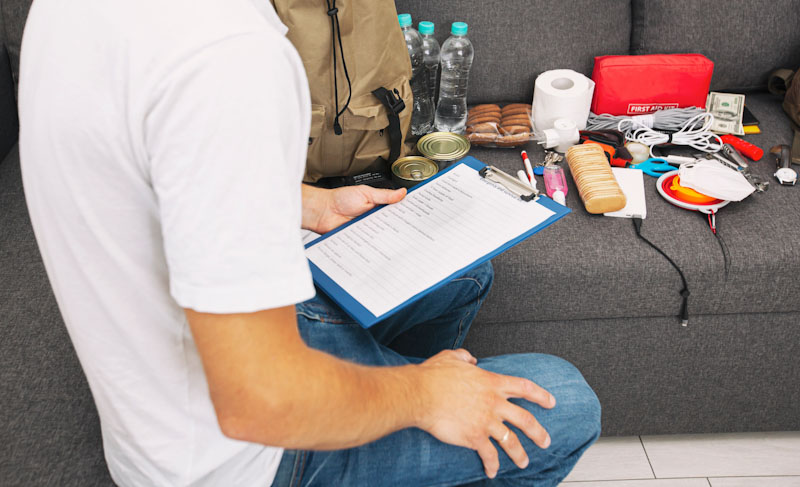
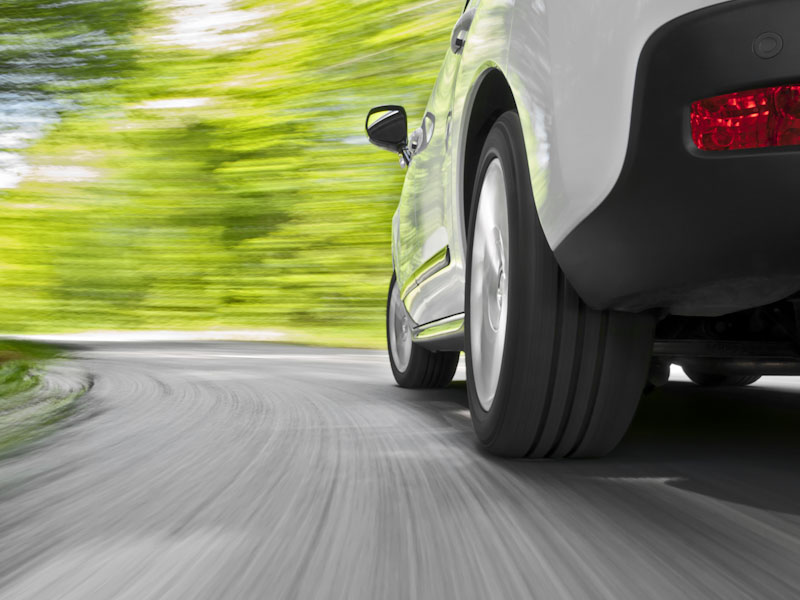
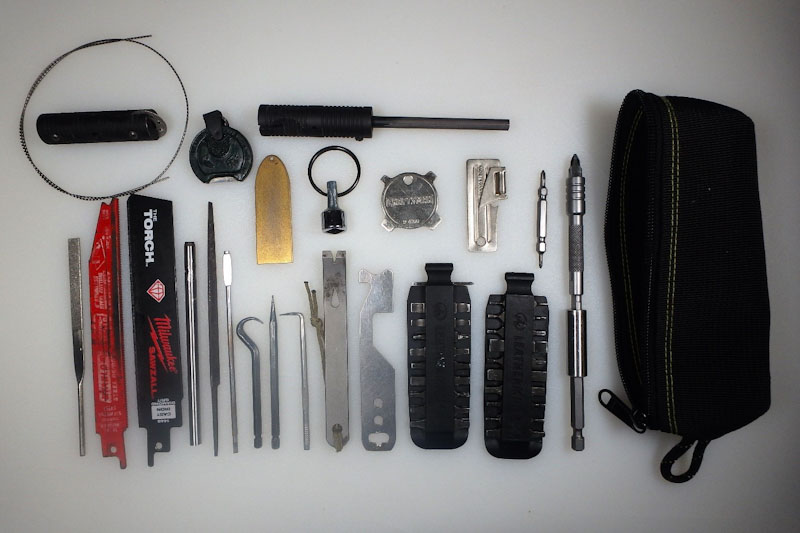


radar | September 20, 2023
|
Ooops! I forgot about babies in my preps (because there are no more babies in my portion of my family during my few remaining years. When my dad brought the first ever TV into my home, I watched a movie called Robin Hood. He and his bugged-out band of outcasts had a motto: “One for all, and all for one!” But in current bug-out thinking, no one can help everyone for lack of supplies. So, I decided years ago I would try to help the stranded mom with toddlers/babies. My choice began with a Jesus saying (paraphrased into my words), ‘Pity the poor pregnant mom who is running through the fields during winter and without a coat to escape the approaching enemy. If God did not shorten those days, no one would survive.’ That passage still haunts me; as did my recollection from many movies about mom’s tightly covering their baby’s mouths so they could remain safely hidden as an enemy looted their homestead. So, I say again: “Ooops”. I decided long ago to help those whom I would; but I have no ready Baby Go-Bag. Well, there is nothing like the ‘right-now-present’ to assist the future. Thanks for your detailed presentation.